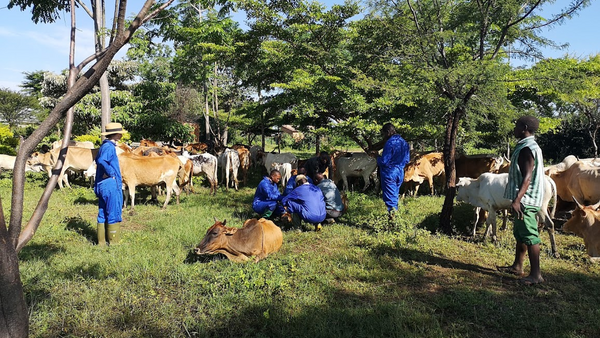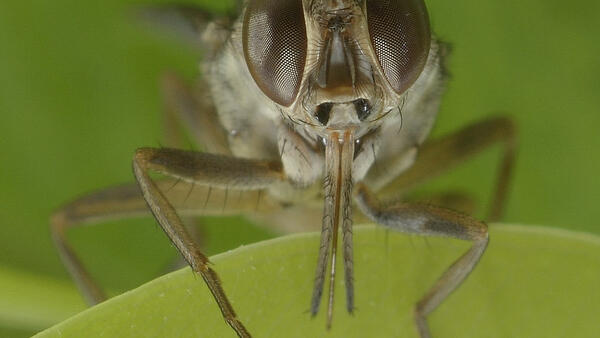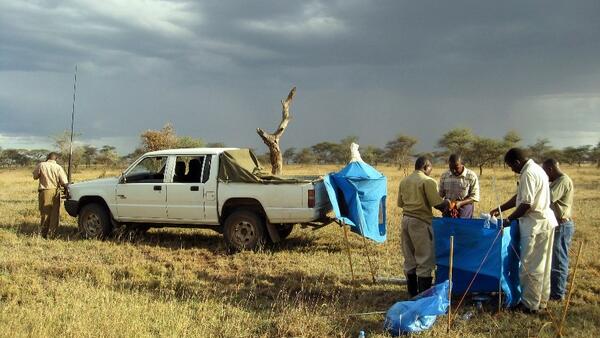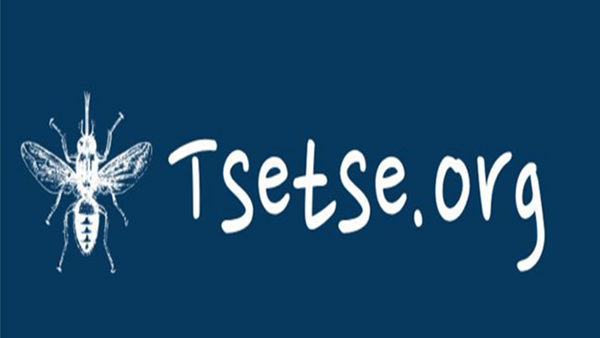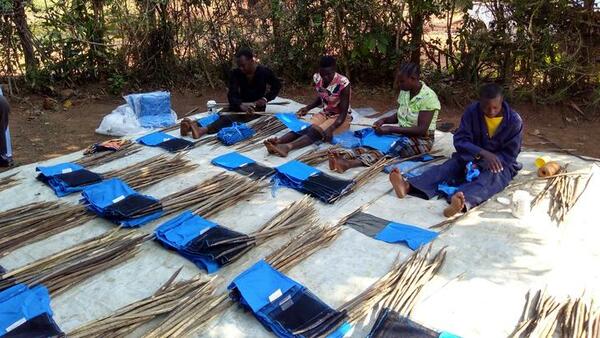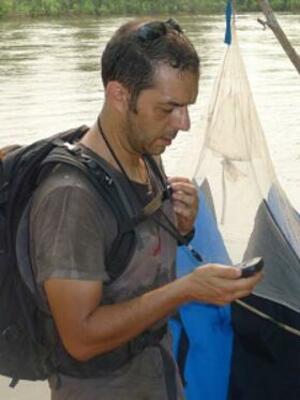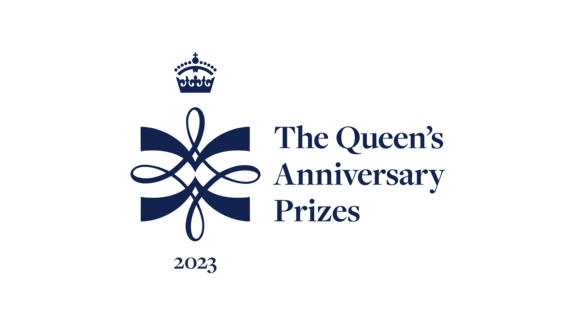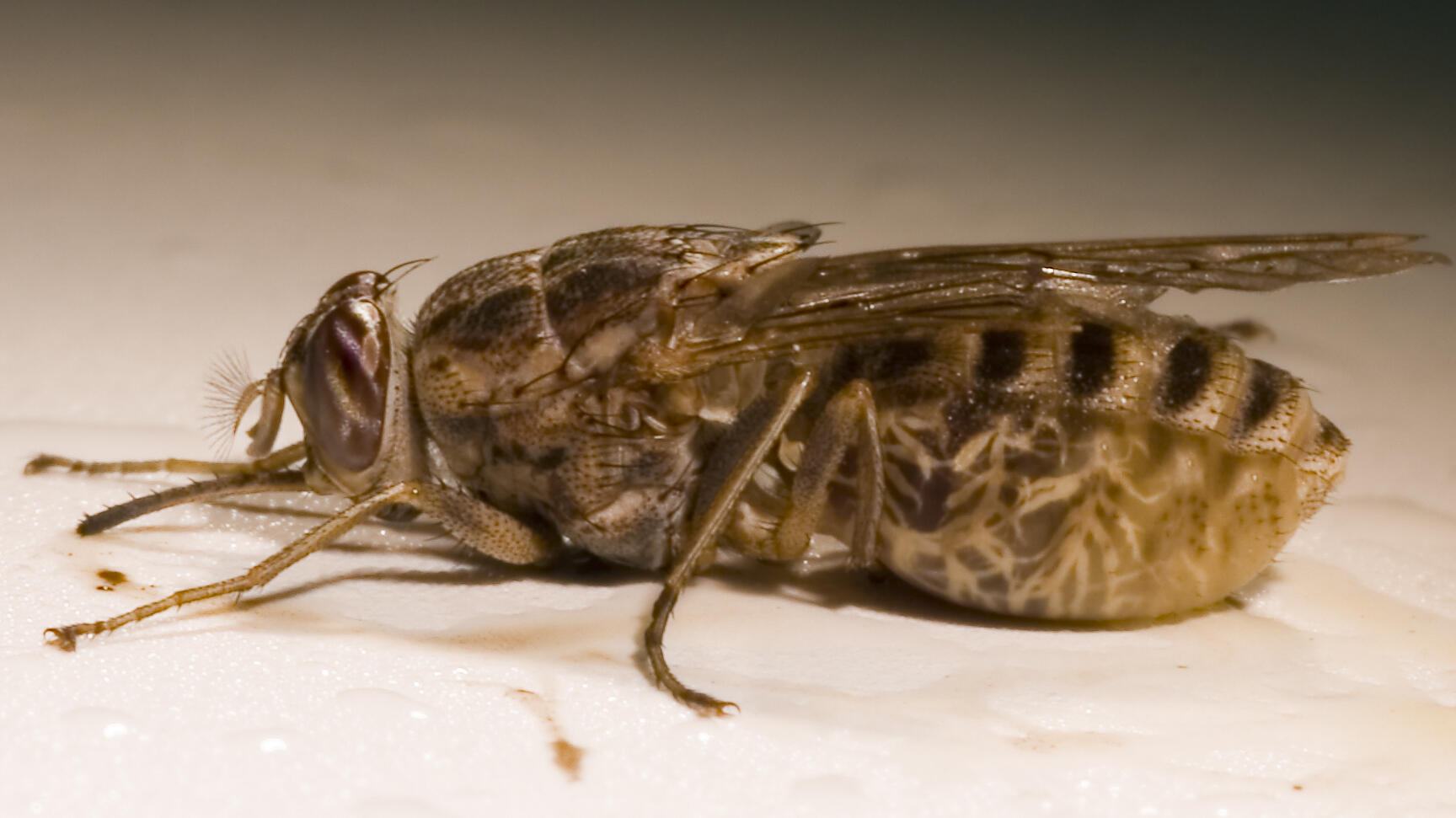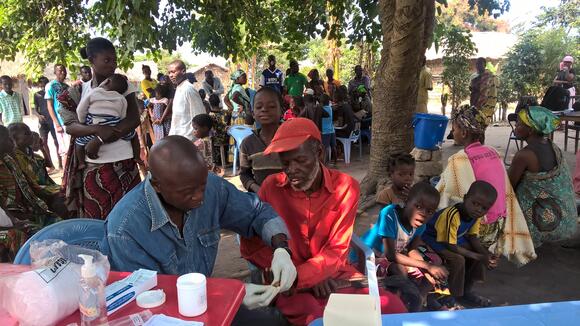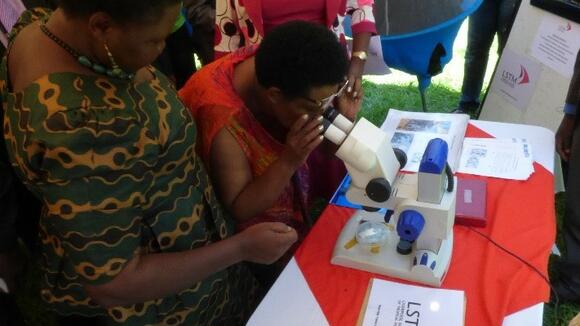
Targeting Tsetse
Tsetse flies transmit trypanosomes which cause sleeping sickness in humans and related diseases in livestock, such as ‘nagana’ a disease of cattle. Sleeping sickness is fatal if untreated; there are no vaccines or drugs to provide protection and treatment of the disease currently requires prolonged treatment with toxic drugs.
Sleeping sickness occurs only in sub-Saharan Africa, largely in remote areas of central and west Africa. Most people affected by the disease are poor without access to a health system that can correctly diagnose and treat cases. In some areas, more than 90% of people infected die for lack of treatment. An international programme of active screening and treatment active screening has driven the number of cases down to less than 10,000 per and efforts are currently aiming to eliminate the disease as a public health problem.
The only method of protecting people from sleeping sickness is by controlling tsetse flies. Unfortunately the standard methods used to control tsetse were too complex and expensive to be used in places where sleeping sickness is a problem.
Scientists from the Liverpool School of Tropical Medicine, working with partners from Africa and Europe, and are developing new methods of controlling tsetse.
Tsetse.org
This website was developed by members and associates of the Vector Biology Department Programs and information to assist in the planning and implementation of tsetse control operations.
It was set up to provide practical tools to those who need to make decisions about tsetse control in the fight against trypanosomiasis, which affects both humans and animals. It provides a platform that includes decision tools, information about bait technologies, along with a number of frequently asked questions, all backed up with rigorous research from esteemed institutions worldwide.
Impact case study:
Eliminating sleeping sickness through vector control
Historically the control of Gambian Human African Trypanosomiasis (g-HAT) relied on case detection and treatment and vector control did not play a significant role as available methods were not cost-effective.
This led to an initiative by LSTM and international partners to develop new, low-cost tsetse control methods which resulted in the Tiny Target. Vector control is now a named tool in the WHO strategy for eliminating g-HAT and Tiny Targets are being used on a large scale across five countries which together account for over 80% of all g-HAT cases reported from 2009-2018.
